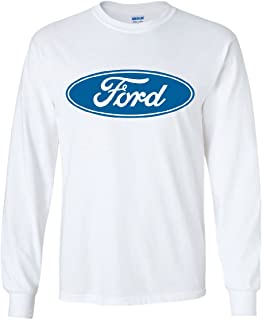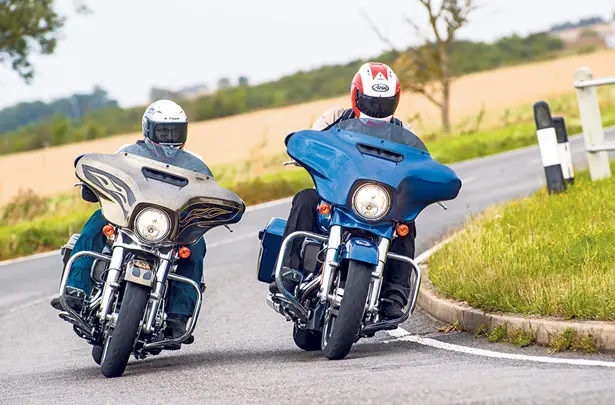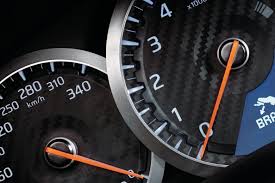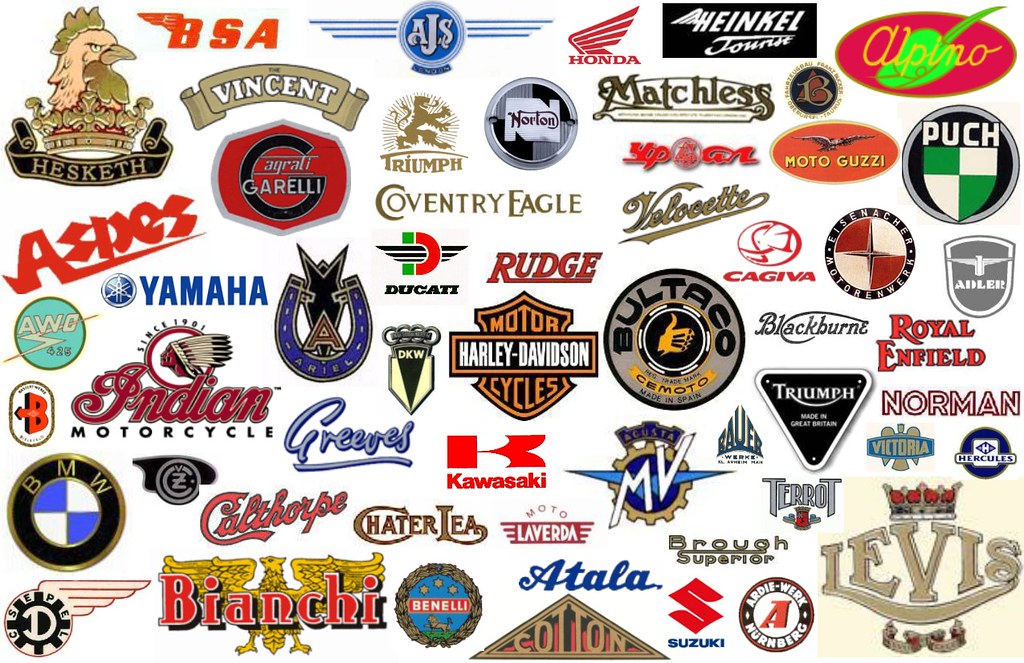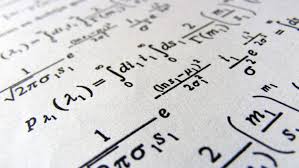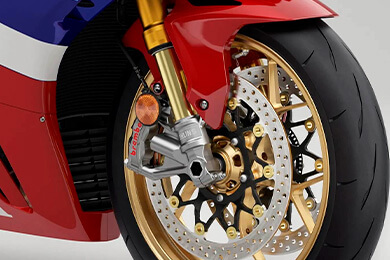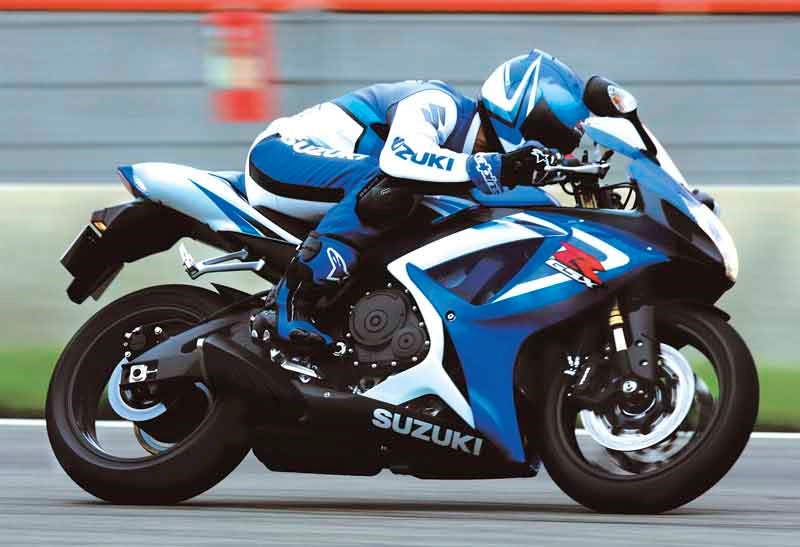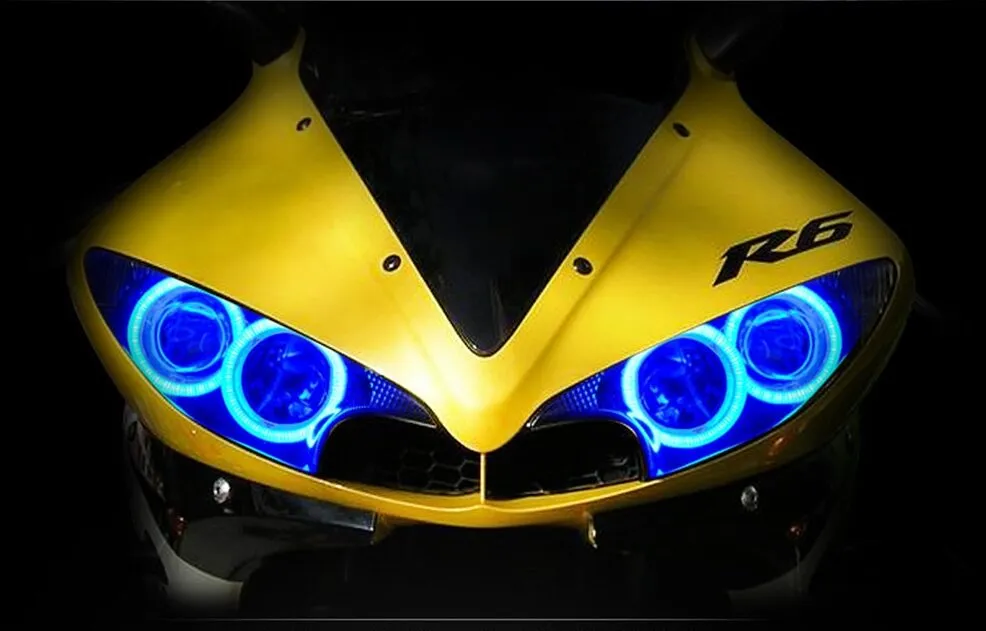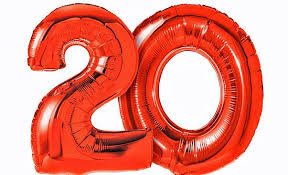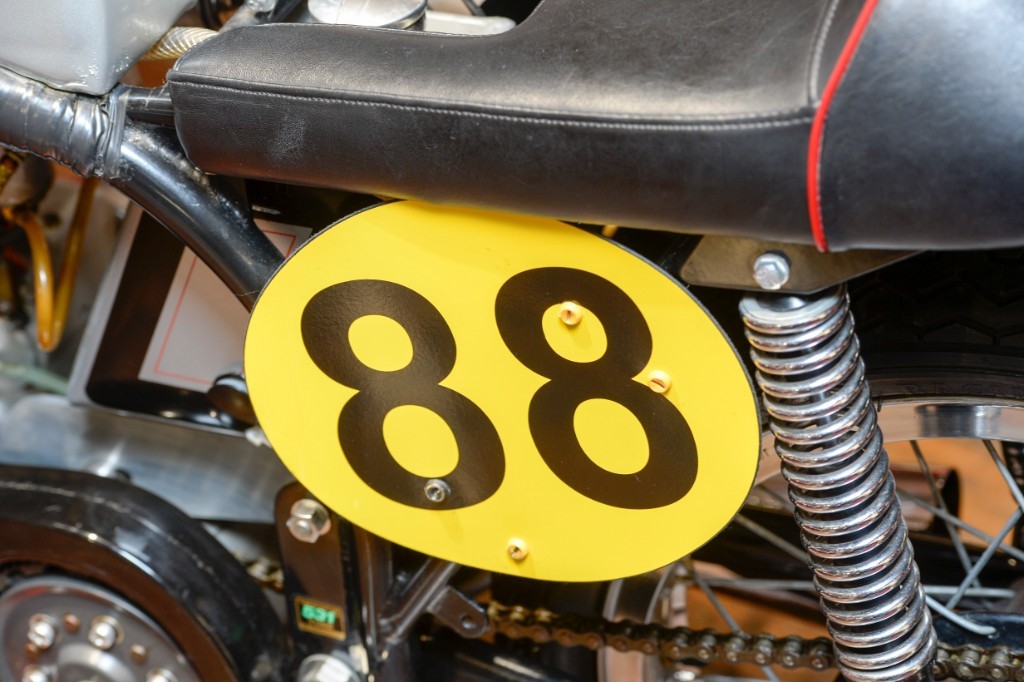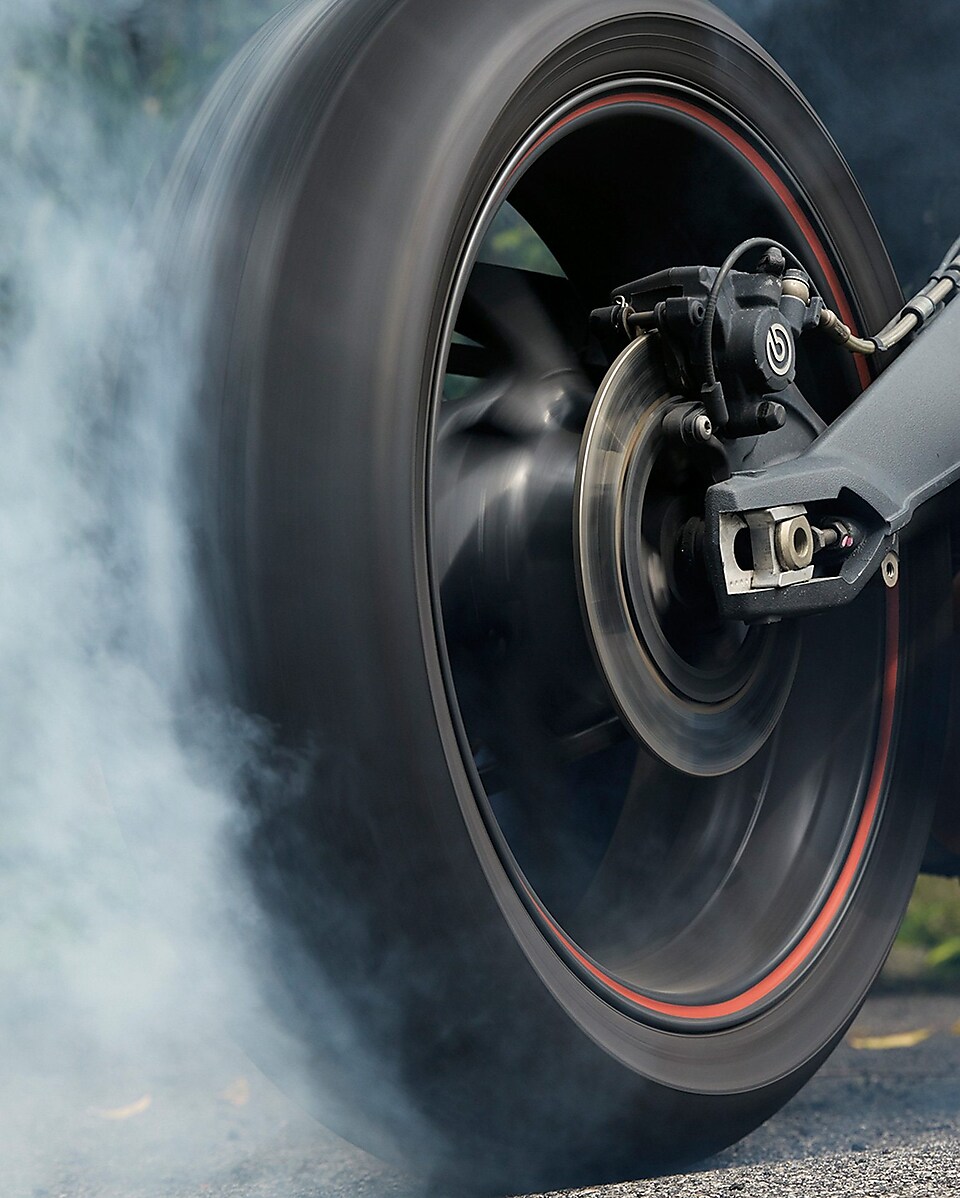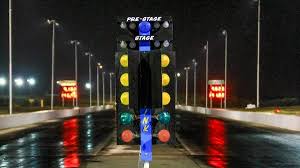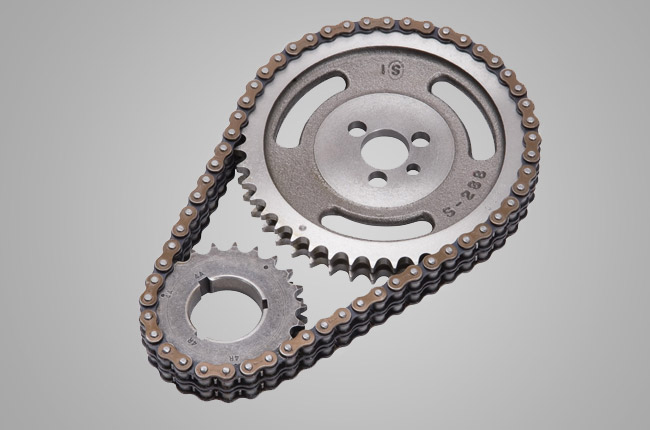


This edition of the Kawasaki ZR-7 DOHC is the 5 speed | Manual version and was first brought out in 1999. This was at around the same time as the introduction of the 2000 Honda CBR 900 RR Fireblade 929 and the 2000 Yamaha YZF1000 R1.This particular Kawasaki ZR-7 has a 738cc Air - Oil cooled, Two stroke, Wankel Petrol powerplant with 4 cylinders and Carburettor.
The 1999 ZR-7 shares its Wankel engine and Standard style configuration with the likes of the 2020 Yamaha XSR 700 Twin and the 2018 Yamaha XSR 700 Twin. Alternatively, if you're looking for other bikes which share the ZR-7's Standard style with a similar size of engine then how about the 2020 Yamaha XSR 700 Twin | 2020cc.2018 Yamaha XSR 700 Twin | 2018cc.
Weighing in at 0 kgs (0 lbs) this makes the Kawasaki ZR-7 DOHC in the same weight category as the 2025 Yamaha Tracer 9 GT+ or the 2025 Yamaha Tracer 9 GT, give or take 50kg.
In terms of power the 738cc 8 valve Wankel 4 cylinder engine produces 76 bhp (56 kW) @ 9500 rpm similar to the 2025 Yamaha MT-07 Twin Cylinder [73.4 bhp (54 kW) @ 8750 rpm] or the 2025 Yamaha Tenere 700 [72.4 bhp (53 kW) @ 9000 rpm].
The DOHC Two stroke unit throws out torque of 46.5 lb-ft (63.0 Nm) @ 7500 rpm placing it alongside motorbikes of similar performance figures such as the 2025 Yamaha Tracer 9 Triple [68.5 lb-ft (93.0 Nm) @ 7000 rpm] and the 2025 Yamaha Tracer 9 GT+ [68.5 lb-ft (93.0 Nm) @ 7000 rpm].
If one combines the weight with power or torque performance for the Kawasaki ZR-7 you can get a better idea of it's real world performance.
![Suzuki Boulevard - Intruder M109RZ M1800R Limited Edition - [2011] image Suzuki Boulevard - Intruder M109RZ M1800R Limited Edition - [2011] image](/editionimages/b/default.jpg)
The 2011 Suzuki Boulevard - Intruder M109RZ M1800R Limited Edition has similar Bhp Per Ton stats as the 1999 Kawasaki ZR-7 DOHC.
The 1999 Kawasaki ZR-7 DOHC has a Power to weight ratio of 330.4 bhp per ton and 202.1 lb-ft per ton. Bhp Per Ton figures of the 1999 ZR-7 competing with the 2011 Suzuki Boulevard - Intruder M109RZ M1800R Limited Edition [354.4 bhp\ton] and the 2012 Suzuki Boulevard - Intruder M109RZ M1800R Limited Edition [354.4 bhp\ton].
If you agree with the late great Carroll Shelby, then arguably an even better indicator of potential performance is Torque. Factor weight into the equation and you end up with - Torque per ton, with the Kawasaki ZR-7 generating around 202.1 lb-ft per ton. If you're curious as to what other motorbikes have as much torque to weight then look no further than the 1980 Honda CB 750 Police Bike [227.0 lb-ft per ton] and the 1995 Kawasaki ZX 600 R Ninja [227.0 lb-ft per ton].
With a 0-60mph time of 11.2 secs or a 0-100km/h (0-62mph) of 11.4 secs, this makes the Kawasaki ZR-7 DOHC similar in acceleration to the 2010 Suzuki RMX 450 Z (11.2 secs) and the 2004 Kawasaki ZR-7 S (11.2 secs). This Kawasaki ZR-7 DOHC also competes in terms of 0-60 mph and 0-100km/h with the 2018 Honda CB 250 R Neo Sports Cafe (0.0 secs) and the 2020 Norton Superlight SS (0.4 secs).
![Buell-EBR XB12S Lightning - [2007] image Buell-EBR XB12S Lightning - [2007] image](/editionimages/b/default.jpg)
Quarter Mile time is a close race between the 1999 Kawasaki ZR-7 DOHC and the 2007 Buell-EBR XB12S Lightning
When talking about the performance of the 1999 Kawasaki ZR-7 DOHC on the drag strip it can reach a quarter mile in an estimated 12.2 secs @ 0 mph. Bikes with a similar performance down the quarter mile can be found in the 2007 Buell-EBR XB12S Lightning (12.2 secs) and the 2015 Suzuki DL 1000 V-Strom (12.2 secs).
The 1999 version of the Kawasaki ZR-7 DOHC has a maximum speed of 131mph.
If maxing out your bike on the AutoBahn is your thing and you're wondering what's faster at the top end than the 1999 Kawasaki ZR-7 DOHC then how about a 2017 Honda CB 1000 R (142 mph) and the 2015 Honda CB 1000 R (142 mph).










Kawasaki Gpz 600 R Ninja
Engine Capacity: 592 cc
Top Speed: 127 mph
Quarter Mile: 12.8 secs @ 107 mph



